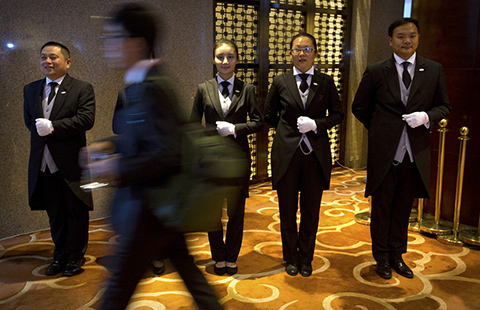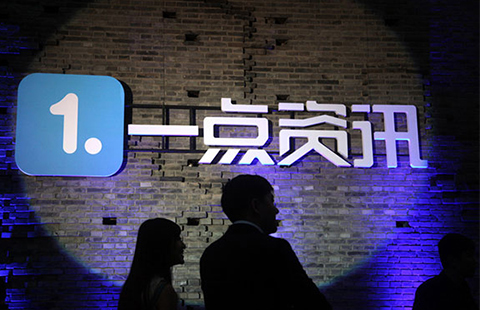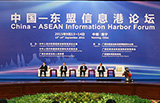A pioneer blueprint for future free trade
By SHI JING (China Daily) Updated: 2015-10-27 07:48Shanghai also piloted the widely praised "negative list" approach for foreign investment and preferential trade and financial policies. Its original 190-item list has been shortened to 139 items that are not yet open, or remain restricted, to foreign investment.
A nationwide version was introduced earlier this year in all the four FTZs, with only 122 items on their lists.
By the end of August, the Shanghai FTZ had attracted 4,891 newly registered foreign-invested companies, with total investment worth $73.16 billion. Foreign-invested companies with investments worth more than 10 million yuan ($1.57 million) had reached 1,291.
The amount of outbound investment made by Chinese companies in the Shanghai FTZ, meanwhile, reached $18.4 billion, within its first two years.
Shen Xiaoming, director of the management committee at the Shanghai FTZ, considers those two years as witnessing the most active outbound investment activity the Pudong area has seen in its 25-year development.
Its initial one-month approval process is now three working days-another system adopted nationwide in other zones.
A survey last month by the American Chamber of Commerce in Shanghai showed 42 percent of 99 US firms established in the zone plan to expand into the other three sites.
They praised new policies introduced by Shanghai Customs, allowing goods to be declared with the authorities soon after they have entered the area. Average time needed for imported goods entering the FTZ has been shortened to just half a working day from the previous 2-3 days, meaning logistics costs have been cut by 10 percent.
Progress within the Shanghai area's financial sector has also attracted particular attention.
By July, 28 financial institutions had been connected to the zone's separate accounting unit system. A total 22,726 new free trade accounts worth 892.5 billion yuan had been registered and were being used, with the total value of cross-border renminbi settlement reaching 732.3 billion yuan. There were 186 companies using renminbi two-way cash pooling operations, with a total worth of 223.4 billion yuan. And more than 70 multinational companies had participated in the zone's pilot centralized operation for foreign exchange fund transfer.
Experts are looking forward to more progress in the financial sector. "The aim of the Shanghai FTZ is financial liberalization, and it cannot be done within a geographically-based special economic zone," Zanny Minton Beddoes, editor-in-chief of The Economist, recently said.
Timeline
August 2013: State Council gives green light for China (Shanghai) Pilot Free Trade Zone.
September 18, 2013: State Council unveils the framework plan for the Shanghai FTZ.
September 29, 2013: Shanghai FTZ launched.
April 27, 2014: Area of the Shanghai FTZ expanded to 120.72 square kilometers.
March 24, 2015: Politburo approves the framework plans for FTZs in Guangdong, Fujian and Tianjin.
July 24, 2015: Shanghai FTZ submits financial reform plan including 49 policies to the State Council.
August 28, 2015: Ministry of Commerce releases 26 guidelines to foster innovation in FTZs.
October 15, 2015: National Development and Reform Commission officials indicate that key cities on the Yangtze River Economic Belt such as Wuhan and Chongqing could be the next FTZ candidates.
- China's regional growth indicates economy bottoming out
- Nubia announces first eye-scan smartphone
- China's central bank dismisses QE rumor
- China's consumer credit service lacking: report
- Samsung Electronics posts double-digit growth in Q3 profit
- Want a butler at your home?
- S. Korea pushes for Chinese yuan hub with sale of yuan bonds
- Chinese IT giant offers smart grid solution to power companies in Africa














